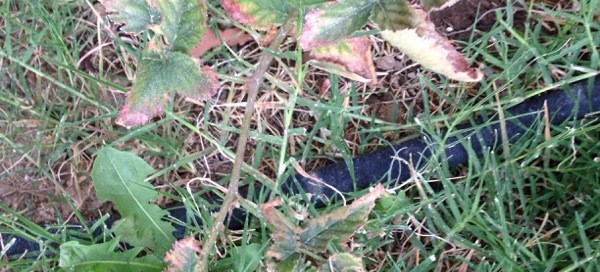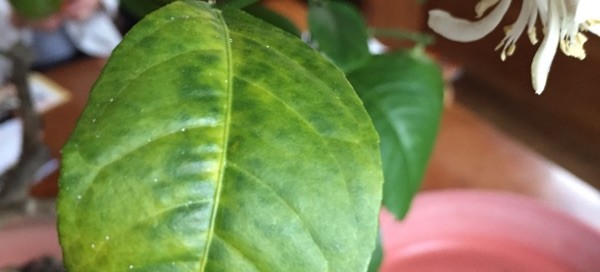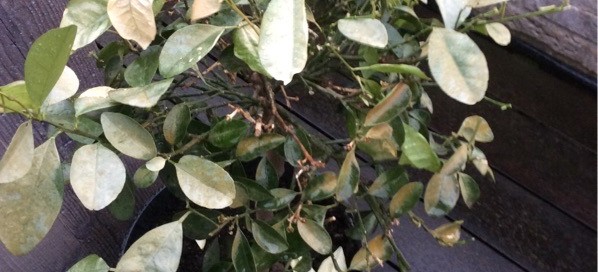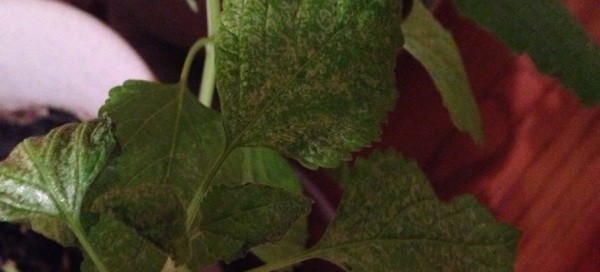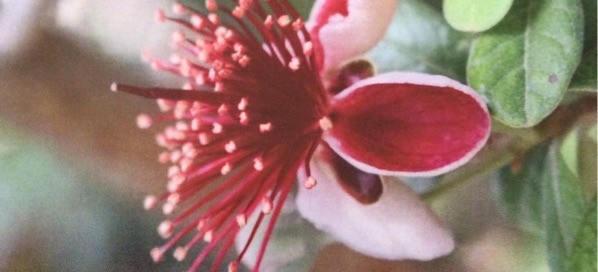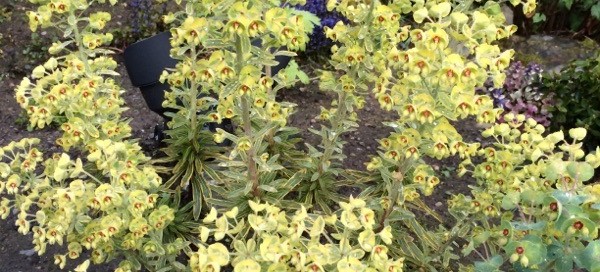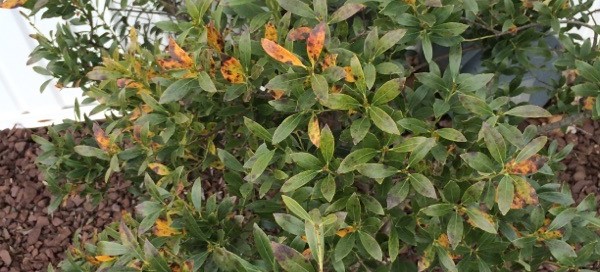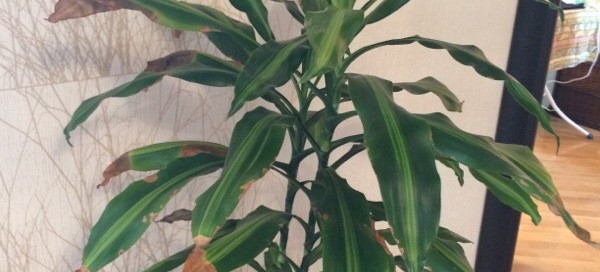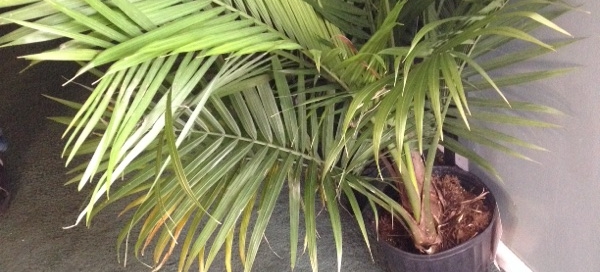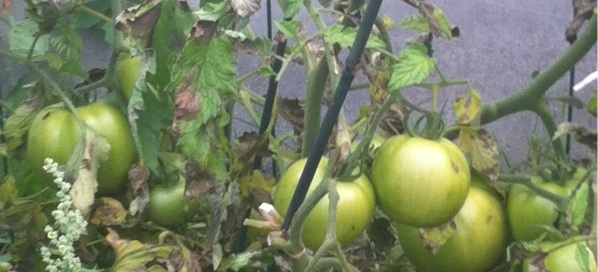Water And Fertilizer Issues
Sorry for the dealy in responding! Blueberry plants in CA can be tough to grow because they grow best (get the appropriate nutrients and amounts) in a very low (acidic) soil pH around 4.5. CA soils are typically much more basic (alkaline) at about 8.0 - 8.5. We recommend using an acidifying fertilizer. Check with your local garden center or agricultural supply store (which may be the better option for this) for an appropriate fertilizer. You can also get an inexpensive soil pH tester from the same supplier. Keep in mind, we typically see browning of leave edges (margins) in response to under-watering, and/or nutrient excess. Water should be applied when needed (according to weather conditions and plant size) rather than on a fixed schedule. When applied, water deeply (fewer times per week as opposed to daily) and maintain even soil moisture (avoid fluctuations in very dry and very wet/flooding of soil). Insufficient water dries out roots, and too much water drowns roots; both situations result in a lack of nutrient uptake. Also, not applying enough water along with fertilizer applications causes the mineral salts to build-up in the soil around the roots and cause "leaf tip" or "leaf margin" burning.
